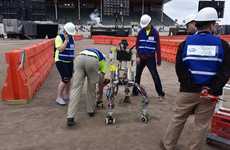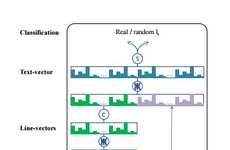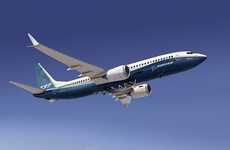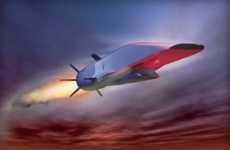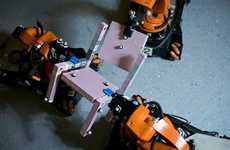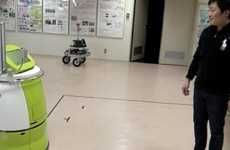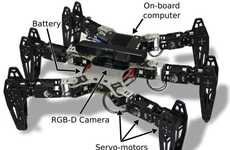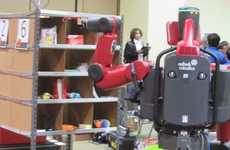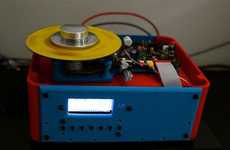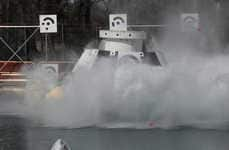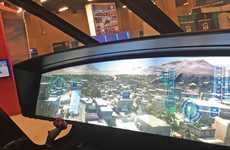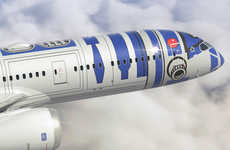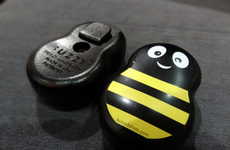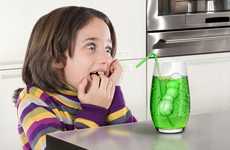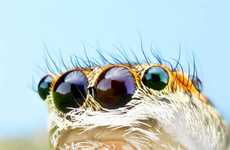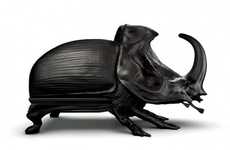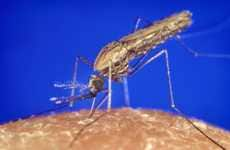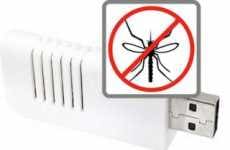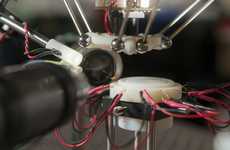

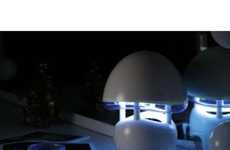
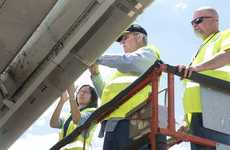
Traditional insect repellent concepts receive modern, digitized updates
Implications - Traditional approaches to insect repelling delivered through sprays are being reinterpreted with modern updates that are digitizing this sector. In addition to making this sphere all the more sophisticated, this embrace of technology also allows brands to sync products and services with the demands of connected consumers.
Workshop Question - How could your brand implement automation or digitization to improve the customer experience?
Trend Themes
1. Digitization of Insect Control - The use of modern technology to digitize traditional approaches to insect repelling has made the sector more sophisticated and responsive to consumer needs, such as the use of LED lights and IoT devices.
2. Portable Insect Repellent Devices - Convenient, portable gadgets that protect people from bugs without the need to coat oneself in spray are becoming more popular, such as insect-repelling keychains and mist-emitting devices.
3. Applied Biomimicry - The application of the lotus leaf's natural water-repelling features to reduce drag and improve fuel consumption of aircraft wings, as well as the use of machine vision and robotics inspired by natural insect-catching abilities, illustrates the impact of biomimicry in tech innovations.
Industry Implications
1. Smart Home Technology - Digitized insect control devices, such as smart mosquito traps, appeal to the growing demand for IoT products that rely on advanced sensors and artificial intelligence for more dynamic and responsive living spaces.
2. Outdoor Leisure and Adventure - Portable insect-repelling devices, including keychains and wearable gadgets, cater to the increasing demand for convenient, on-the-go solutions for outdoor enthusiasts who want to enjoy nature without the hassle of bug bites and sprays.
3. Aerospace Engineering - The use of biomimicry and advanced aerodynamics to improve aircraft wing coatings for reduced drag and fuel efficiency could have significant implications for the aerospace industry, particularly in the development of more eco-friendly and cost-effective air travel.
